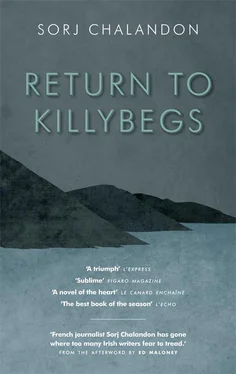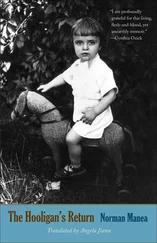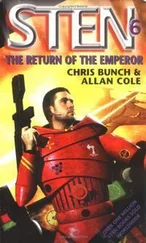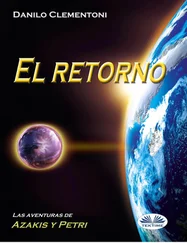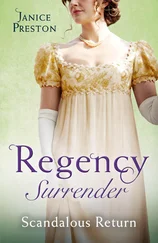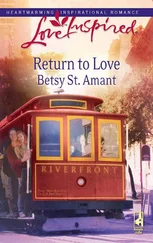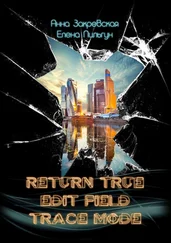That’s when the bomb exploded, triggered by the British. A thick black smoke. Shouting. And those projectiles raining down, crushing everything they hit.
— It’s not a handler like me who decides what to do with your information, the redhead said.
— You killed three people!
— It was their bomb. Not ours.
Waldner said the same thing. He was sorry. The British services had discovered that the IRA had never intended to put the device in a car park, but to break through the doors of City Hall with a car bomb.
— That’s fucking bullshit! You’re lying!
— Your word against theirs, Meehan. If you’ll forgive me, I grant more credibility to my intelligence services than to yours. We took zero risk, that’s all.
I didn’t refuse the envelope he gave me, £150 for my taxi and the inconvenience.
I walked for a long time. I went through hostile neighbourhoods, hoping to put an end to it. I took off my jacket, rolled up my shirt sleeves. I flaunted my tattoos like someone giving the finger. The Irish flag, the Celtic cross and the figures ‘1916’ in black letters.
Nothing happened to me.
I had killed Danny. I had killed Jim and two of our children. I was no longer a traitor, I was an assassin. It was over. And there was no going back.

I have a fever. The day is taking its time to arrive. I am still waiting for that hint of light. My country makes me shiver, my land makes me ache. I no longer breathe, I drink. The beer is streaming in tears down my chest. I know they’re waiting. They will come. They are here. I will not move. I am in my father’s house. I will look them in the face, their eyes on mine, the one being shot offering forgiveness to his executioners.
My God, Mother, help me.
I am so afraid…
Tyrone Meehan’s body was found by the Garda Síochána on Thursday, 5 April 2007, at three in the afternoon. He was lying on his belly, in the living room, in front of the fireplace. He was probably on his way back from the woods. There were branches scattered all around him. He was wearing his jacket and his scarf. His cap was on the ground.
His assassins forced the door open with a sledgehammer. He was shot three times with a 12-calibre buckshot rifle, a weapon used to hunt big game. The first blew off his left hand around the wrist, as if he’d tried to protect himself. The second hit him in the neck, taking off his right cheek and part of his shoulder. The third hit him in the abdomen.
The IRA immediately denied all responsibility for Tyrone Meehan’s death. And it was four years later, at Easter 2011, that a Republican group opposed to the peace process claimed responsibility for his ‘execution for treason’.
— He didn’t seem surprised to see us, recounted the two killers in balaclavas. He didn’t cry out, didn’t beg. He tried to run towards the bedroom, he slipped and fell. He was on the ground when we carried out the sentence.
Tyrone Meehan was buried on 14 April 2007 in Belfast City Cemetery, attended only by his family.
Today, Jack emigrated to New Zealand. He works in an Irish pub in Christchurch. And Sheila still lives at 16 Harrow Drive, Belfast.
‘A Wilderness of Mirrors’
Denis Donaldson has to be one the most famous (or should that be infamous?) spies of the Troubles in Northern Ireland. That is because of all the people in the IRA or Sinn Féin who might have been or are secretly working for the British, Denis Donaldson, a 35-year IRA veteran and a leadership loyalist of spaniel-type servility, would be at the bottom of most people’s list. And if Donaldson was a traitor then almost anyone could be. That was the message of his unmasking.
The circumstances of Donaldson’s outing as a spy in December 2005 suggest the British had thrown him to the wolves. Along with his son-in-law, he had been facing charges of involvement in a spy ring run by the IRA at the Stormont parliament during the final months of the peace-process negotiations. But the fact that the British chose to indict one of their own agents strongly suggests he was holding back vital intelligence. Bringing him to court was both an act of vengeance and a warning to others who might be tempted to follow suit. Once a traitor, always a traitor.
As the British knew full well when they charged him, the rules of evidence say that the prosecution had to share their knowledge of Donaldson with his co-accused and that included his career as a British spy. Once he was charged he was doomed. The spymaster turned traitor turned reluctant snitch was tossed into the sacrificial flames; it was the IRA’s very own wilderness of mirrors.
The delicacies and ambiguities of the peace process had, of course, shaped all this. Donaldson couldn’t be killed by the IRA because that would be a breach of the ceasefire and so instead he was exiled to a barren little cottage in the wilds of County Donegal with the hope that maybe some day he’d be allowed back. But someone wanted revenge. Four months later he was found dead inside the cottage, riddled with pellets from a shotgun, a weapon whose lack of ballistic singularity sparked a guessing game about his killers’ identity. Years later it emerged that IRA dissidents had been responsible but had stayed silent in the hope that their former comrades would get the blame.
And that, more or less, is all that we know about Denis Donaldson the spy. Why had he turned, how had he been turned? For how long had he worked for the British and what did he tell them? Which section of British intelligence did he work for and how much of all this did he tell his IRA interrogators? And what was it like to be Denis Donaldson in December 2005, exposed for all the world to see as a living lie? Lots of questions, but no answers.
French journalist Sorj Chalandon has gone where too many Irish writers fear to tread these days, on an expedition into the darker waters of the Troubles. A friend-cum-journalistic contact of Donaldson whom he met over the years of covering the story in Belfast for French media, Chalandon has created a fictional version of Denis Donaldson, a much older and in key ways different man than Donaldson, whom he calls Tyrone Meehan.
While Donaldson’s IRA life began in the sectarian cockpit of east Belfast in 1970, Meehan’s starts in Donegal from where he moves to Belfast as a youngster. There he gets caught up in the city’s sectarian strife and joins the IRA. Meehan is in his eighties when he returns to Donegal to meet his maker, nearly thirty years older than Donaldson, and that enables Chalandon to take the reader on a tour of all those Stations of the Cross that mark the journey to the genesis of the Provisional IRA, events that happened before Donaldson’s birth or while he was still very young — from the hanging of Tom Williams in 1942 to the burning of Bombay Street in August 1969.
So this is not an exact replica of Denis Donaldson’s voyage through life, more a skeleton upon whose bones Chalandon has hung some of Donaldson’s real-life experiences and invented others and then travelled inside the ill-fated IRA man’s head to try to answer some of those fascinating questions.
I must confess I came to this book in an unsympathetic frame of mind. I didn’t know Denis Donaldson as well as Chalandon evidently did, but what I did know, I didn’t like. I couldn’t see how anyone could make Donaldson a character worthy of sympathy. The last time I met him was at Drumcree in July 1997 when the Orangemen were allowed to march on the Garvaghy Road to the fury of local nationalists. Donaldson was there to keep an eye on things for the IRA leadership, which had just secretly decided on a second ceasefire and was clearly worried how this might go down with the foot soldiers. As the Orangemen marched through and the police batoned the nationalists into their ghetto, the crowd chanted, ‘No more ceasefires!’ But all I remember of Donaldson is him pestering me to drive over to the Orange camp to buy up Loyalist trinkets that he could sell to his Provo friends in Belfast at a handsome profit. A guy with an eye on the main chance, cynical, self-serving. Arthur Daley meets the IRA.
Читать дальше
